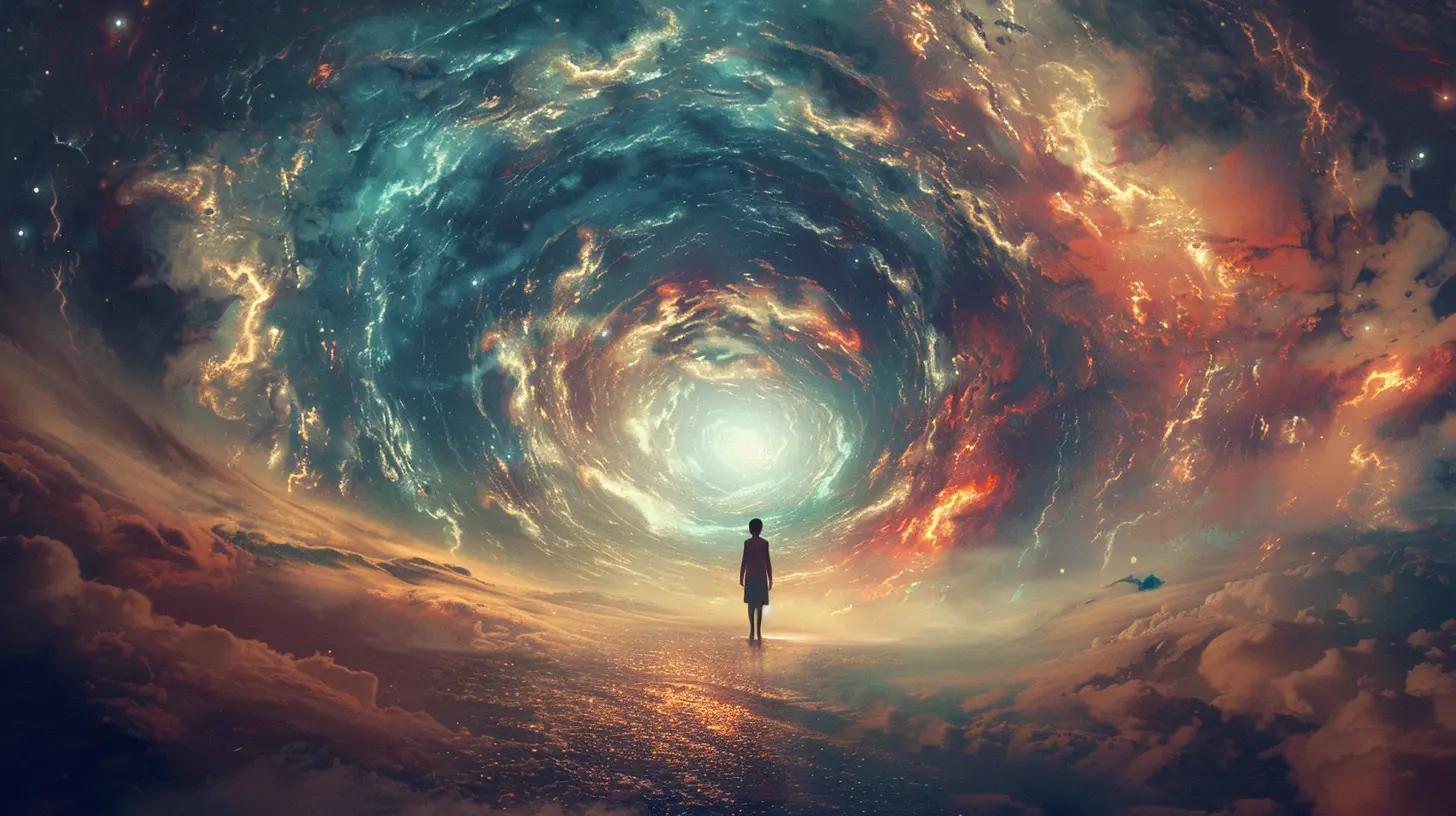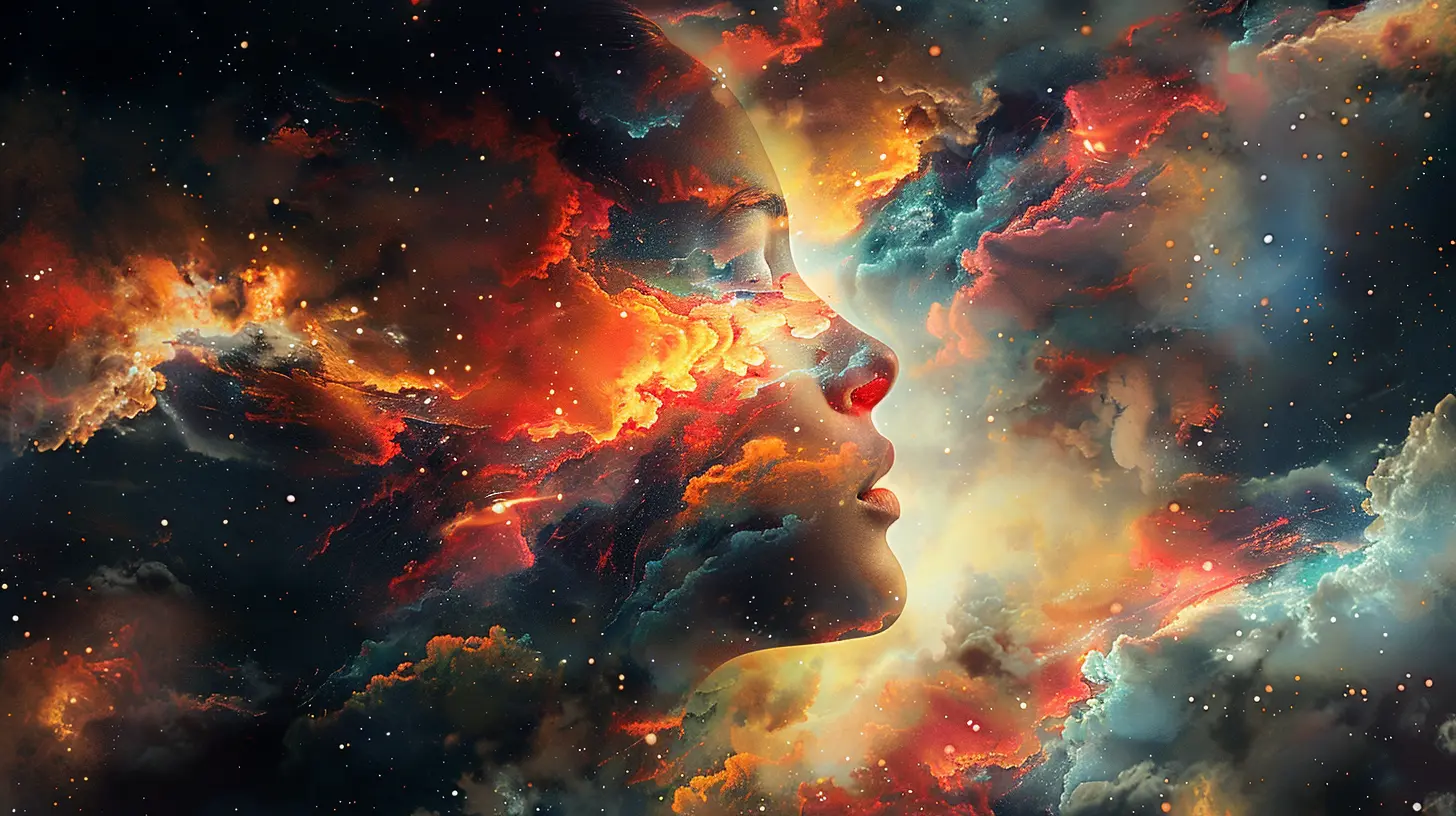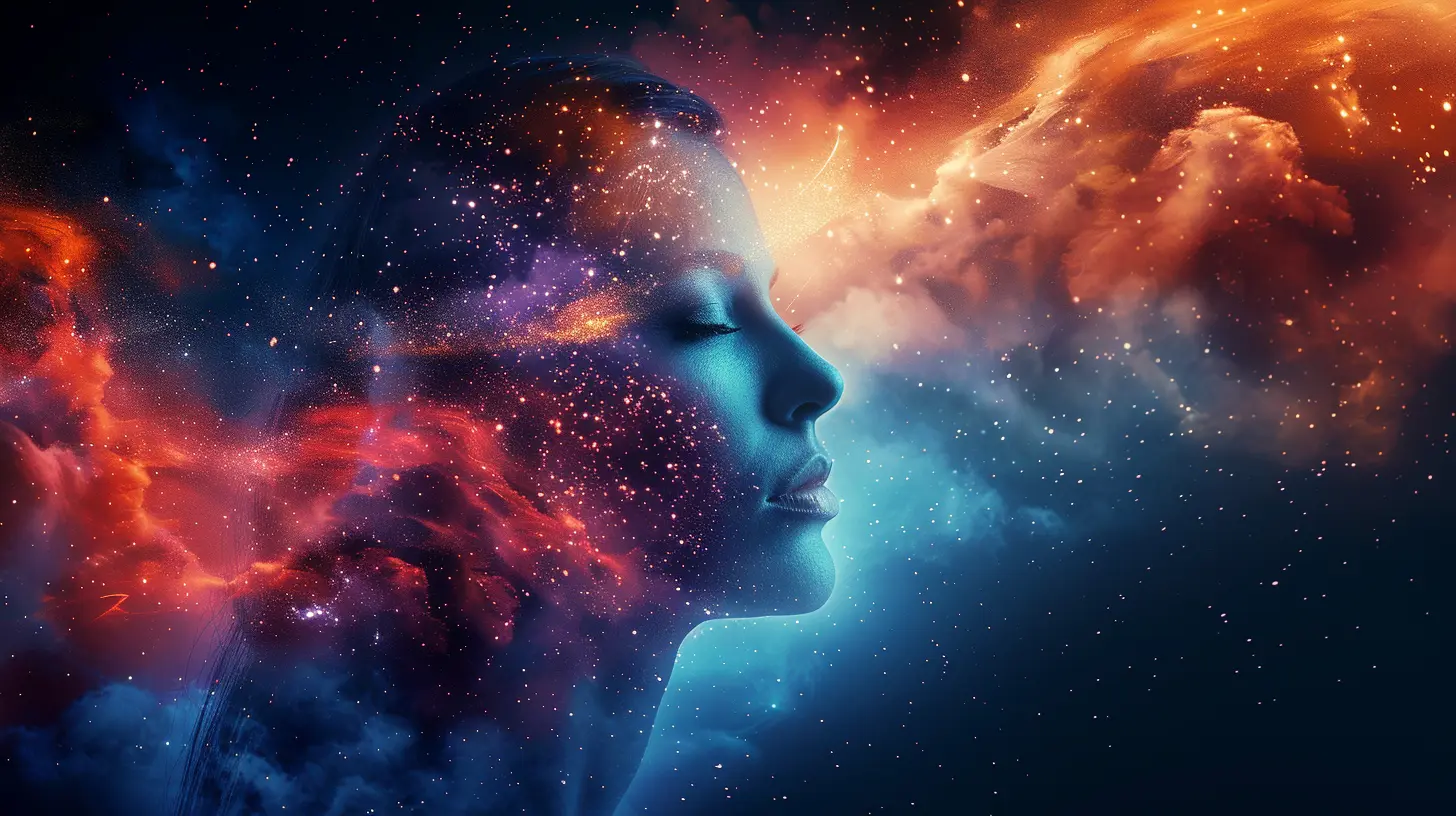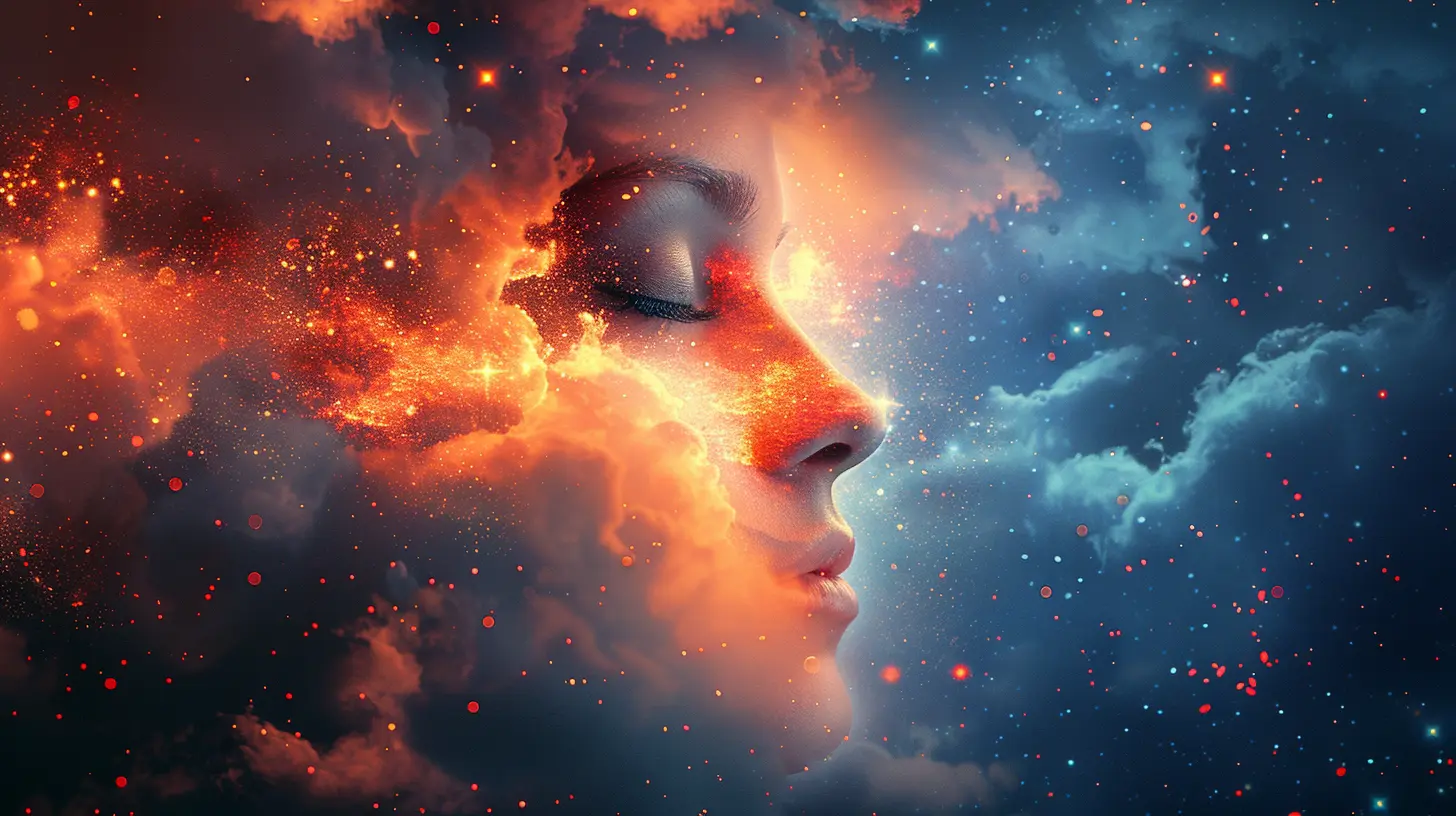The Role of the Unconscious: Exploring Jung’s Archetypes
4 June 2025
Have you ever wondered why certain images, symbols, or stories resonate with us on a deep, inexplicable level? Why do we sometimes feel a connection to characters or themes in mythology, literature, or dreams, even if they come from cultures vastly different from our own? The answer, according to renowned Swiss psychiatrist Carl Jung, lies within the realm of the unconscious mind—specifically, in what he called archetypes.
In this article, we're diving into Jung’s fascinating concept of archetypes, exploring their role within the unconscious mind, and how they shape not just our dreams but our everyday lives. So, if you're curious about why you sometimes dream of faceless figures, why heroes’ journeys in movies always seem familiar, or why certain symbols feel universally significant, stay with me. We’re about to explore the inner world of the unconscious!
What Is the Unconscious Mind?
Before we jump into Jung’s specific ideas, let's make sure we’re all on the same page about what the unconscious mind actually is. Imagine your brain as an iceberg. The tip above the water? That’s your conscious mind. It's what you're aware of—your thoughts, perceptions, and memories at any given moment. But looming beneath the surface, there's a massive chunk of ice that's out of sight. That’s your unconscious mind. It holds all the things you aren’t actively thinking about, but which still influence your behavior, emotions, and decisions.Sigmund Freud, who worked closely with Jung for a time, also had his own ideas about the unconscious. Freud believed it was a storehouse for repressed desires, unresolved conflicts, and forgotten memories. Jung took it a step further, expanding the concept to include not only personal experiences but also something even more profound—the collective unconscious.
The Collective Unconscious: More Than Personal
So, what’s the collective unconscious? Think of it like a psychological hard drive that stores not just your own personal experiences but shared human experiences passed down through generations. Jung believed that deep within our psyche, we all share a common set of memories and ideas. These shared experiences form the basis of archetypes—universal symbols, patterns, and roles that show up across cultures and time periods.Let’s break it down:
- Personal unconscious: Your own vault of forgotten memories, emotions, and experiences.
- Collective unconscious: A deeper layer of the unconscious that’s shared by all humans, containing universal themes and symbols.
The collective unconscious is where Jung’s archetypes live and breathe, acting like the foundation of our psychological and emotional world.
What Are Jung’s Archetypes?
Okay, let’s get to the good stuff—what exactly are archetypes? In simple terms, archetypes are fundamental, universal symbols or patterns that represent different aspects of the human experience. Jung believed that these archetypes are hardwired into our collective unconscious and that they influence how we think, feel, and act, often without us even realizing it.Imagine archetypes as the original templates for human behavior, like blueprints in the architecture of the mind. They manifest in our dreams, myths, art, literature, and even everyday situations. Some of the most recognizable archetypes include the Hero, Mother, Shadow, and Wise Old Man.
The Major Archetypes
Let’s take a closer look at some of the most important archetypes Jung identified:1. The Self
The Self represents the unification of the conscious and the unconscious mind. It’s the archetype of wholeness and integration, often symbolized by a circle, mandala, or a tree. The Self is what we strive for in our personal development—it’s the ultimate goal of individuation—the process of becoming our true, authentic selves.Think of it as your internal GPS, guiding you toward achieving balance and harmony within yourself.
2. The Persona
The Persona is the mask we wear in public, the version of ourselves that we present to the world. It’s shaped by social norms and expectations, and it helps us navigate society. But here's the catch—it’s not really who we are. The Persona is like a suit of armor that protects our true, inner selves, but if we over-identify with it, we risk losing touch with our authentic nature.Ever felt like you’re acting differently around different groups of people? That’s your Persona in action.
3. The Shadow
The Shadow is the darker, hidden side of our personality—the parts of ourselves we don’t want to acknowledge or show to others. It contains repressed emotions, instincts, and desires that we find uncomfortable or socially unacceptable. But here’s the thing: the Shadow isn’t all bad. In fact, it’s essential for growth. By facing and integrating our Shadow, we achieve greater self-awareness and balance.Ever snapped at someone and thought, “Whoa, where did that come from?” That’s likely your Shadow making an appearance.
4. The Anima and Animus
The Anima (in men) and Animus (in women) represent the feminine and masculine aspects of our psyche. Jung believed that everyone has both masculine and feminine qualities, regardless of gender. The Anima is the unconscious feminine side in men, while the Animus is the unconscious masculine side in women. Balancing these energies is key to achieving psychological wholeness.Imagine it like finding your Yin to your Yang, or balancing the sun and moon within your personality.
5. The Hero
We all know the Hero, right? It’s the archetype of the brave individual who embarks on a journey, faces challenges, and ultimately triumphs. The Hero represents our desire to overcome obstacles and achieve greatness. This archetype shows up in myths, movies, and even in our personal lives as we strive to conquer our own battles, whether they’re internal or external.Think of every superhero movie you’ve ever seen—yep, that’s the Hero archetype in action.
How Archetypes Influence Us
Now that we’ve covered the major archetypes, let’s explore how they influence us on a day-to-day basis. Archetypes are like invisible puppeteers pulling the strings of our unconscious mind. They shape our thoughts, behaviors, and interactions in subtle yet powerful ways.In Dreams
Archetypes often show up in our dreams in symbolic form. For example, you might dream of a wise old man giving you advice—that’s the Wise Old Man archetype coming through. Or perhaps you dream of a shadowy figure chasing you—that’s your Shadow trying to make itself known.Dreams are like a backstage pass to your unconscious mind, giving you a glimpse into the archetypes at play.
In Relationships
Archetypes also influence how we relate to others. For instance, if you’re constantly seeking approval or validation, you might be overly identified with your Persona, trying to meet societal expectations rather than being your authentic self. Or maybe you find yourself repeating patterns in relationships—this could be the influence of the Anima or Animus archetypes at work.Recognizing these patterns can help you break free from unconscious influences and build healthier, more authentic relationships.
In Culture and Media
Ever notice how certain stories, myths, or movies seem to resonate with generations of people? That’s because they tap into universal archetypes. The Hero’s Journey, for instance, is a common storytelling structure that appears in everything from ancient mythology to modern blockbusters. It’s no coincidence that we’re drawn to these stories—they speak to the core of the human experience, tapping into the collective unconscious.Whether it’s Harry Potter, Luke Skywalker, or Katniss Everdeen, these characters are modern embodiments of the Hero archetype.
Why Understanding Archetypes Matters
You might be wondering, “Why should I care about Jung’s archetypes? How does this affect me?” Well, understanding archetypes can offer profound insights into your own psyche and personal growth. By recognizing which archetypes are active in your life, you can gain greater self-awareness and work toward integrating the unconscious parts of yourself.Personal Growth and Individuation
Jung believed that the ultimate goal of life is individuation—becoming the person you were truly meant to be by integrating all aspects of your personality, both conscious and unconscious. Archetypes play a crucial role in this process. By confronting and integrating archetypes like the Shadow, you can confront your fears, insecurities, and repressed emotions, leading to a more balanced and authentic life.Enhancing Creativity
Archetypes also fuel creativity. Many artists, writers, and filmmakers draw on archetypes to create stories that resonate with audiences on a deep, emotional level. By tapping into the collective unconscious, you can access a wellspring of inspiration and creativity.Improving Relationships
Understanding archetypes can improve your relationships by helping you recognize unconscious patterns. For example, if you’re aware of your Persona and how it shapes your interactions, you can work toward being more authentic with others. Similarly, understanding the Anima and Animus can help you balance masculine and feminine energies within yourself, leading to healthier, more balanced relationships.Final Thoughts
Carl Jung’s archetypes offer a fascinating window into the unconscious mind. Whether they show up in your dreams, relationships, or favorite movies, these universal symbols and patterns shape our lives in more ways than we might realize. By exploring and integrating these archetypes, we can achieve greater self-awareness, creativity, and personal growth.So, the next time you dream of a wise old sage or feel like you’re playing a role in your own life, remember—it might just be your unconscious mind, nudging you toward understanding the archetypes that live within.
all images in this post were generated using AI tools
Category:
Psychological TheoriesAuthor:

Nina Reilly
Discussion
rate this article
2 comments
Runehart Pacheco
Jung’s archetypes illuminate the unconscious, revealing universal motifs that shape human behavior and culture. By understanding these patterns, we gain insight into our psyche, enabling deeper self-awareness and meaningful connections with others and ourselves.
June 15, 2025 at 2:29 PM

Nina Reilly
Thank you for your insightful comment! I completely agree that Jung’s archetypes provide valuable tools for self-awareness and understanding our shared human experience.
Spike McTigue
Jung’s archetypes? More like psychological powerhouses. Dive deep if you dare—your unconscious is ready to spill some tea on your hidden self. Buckle up!
June 5, 2025 at 3:35 AM

Nina Reilly
Absolutely! Jung’s archetypes reveal fascinating layers of our psyche, inviting us to explore the depths of our unconscious. Let’s embark on this journey together!


